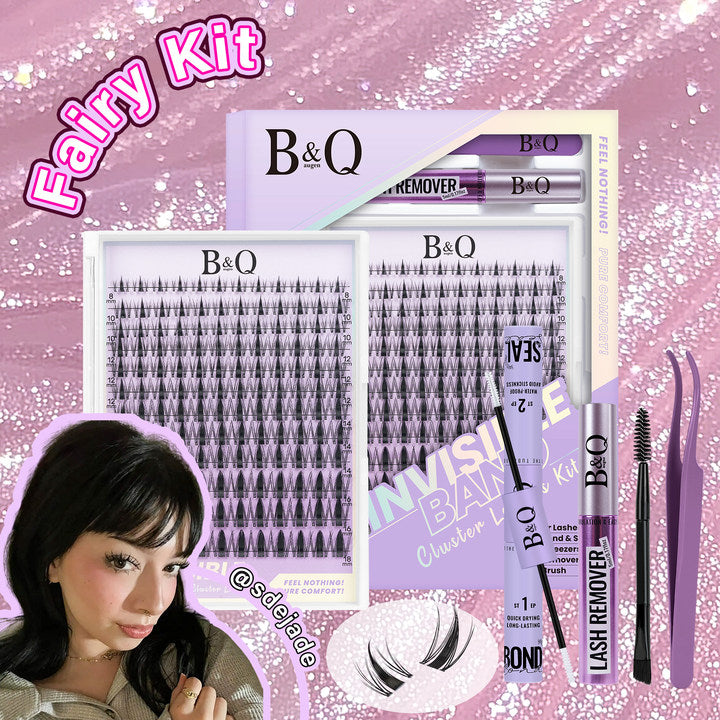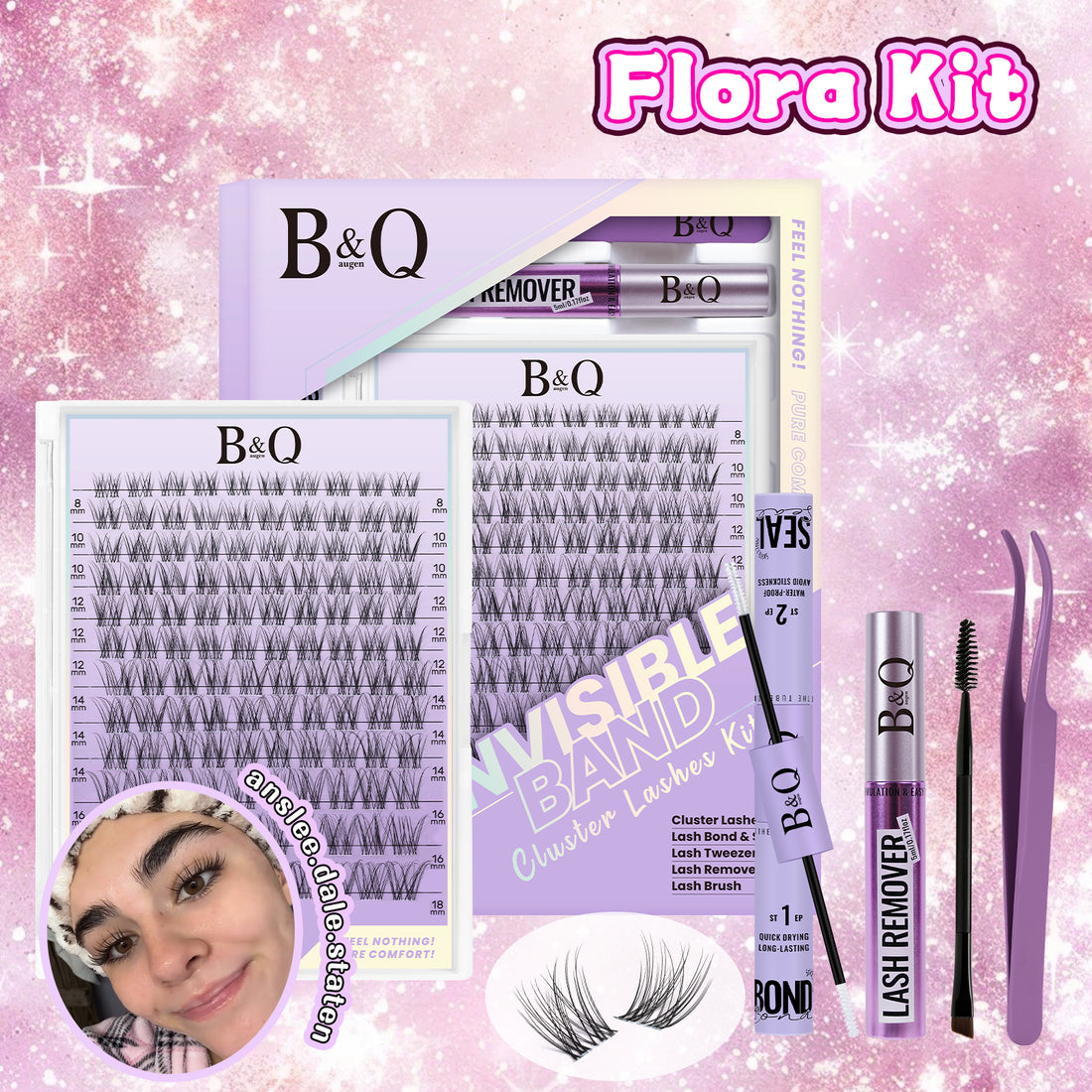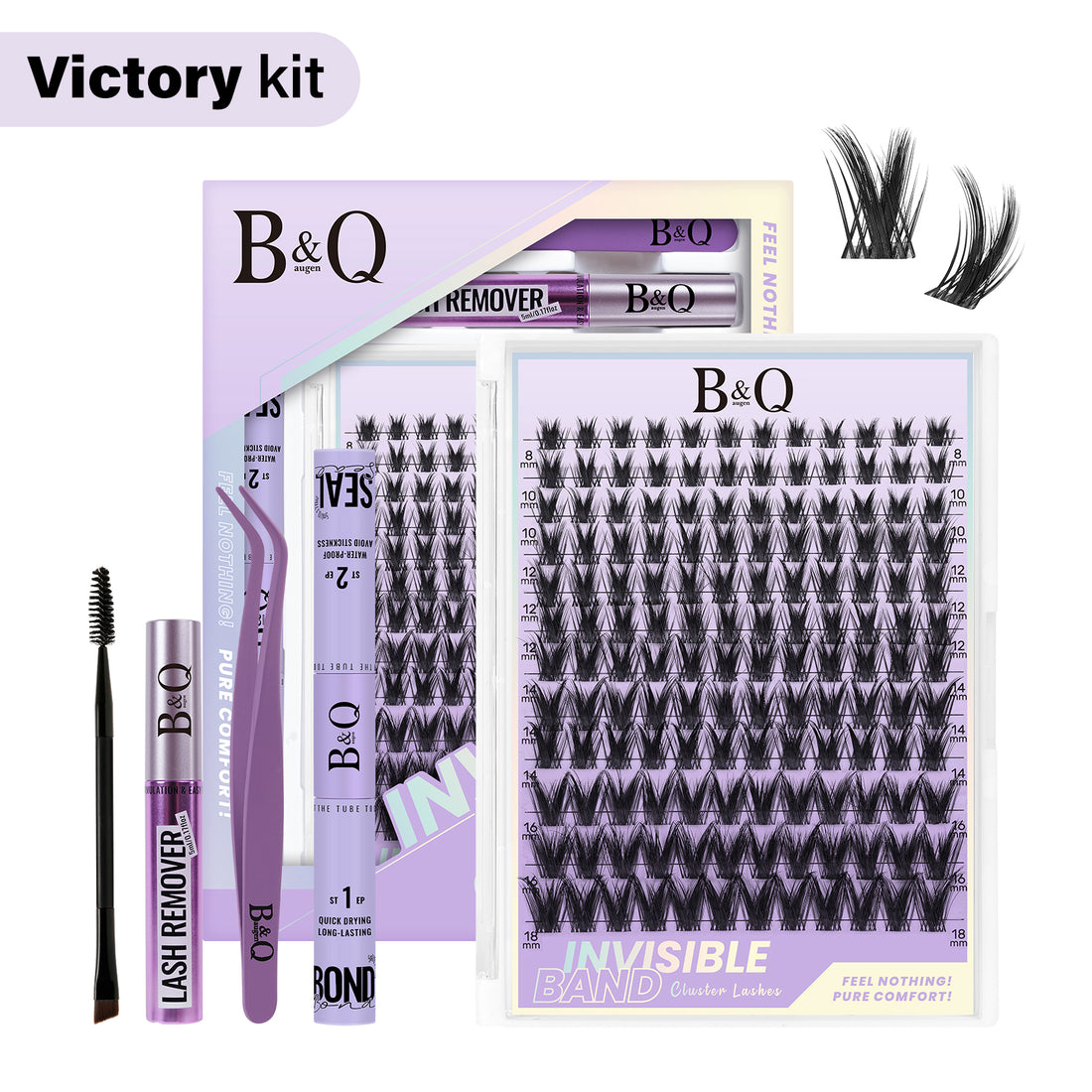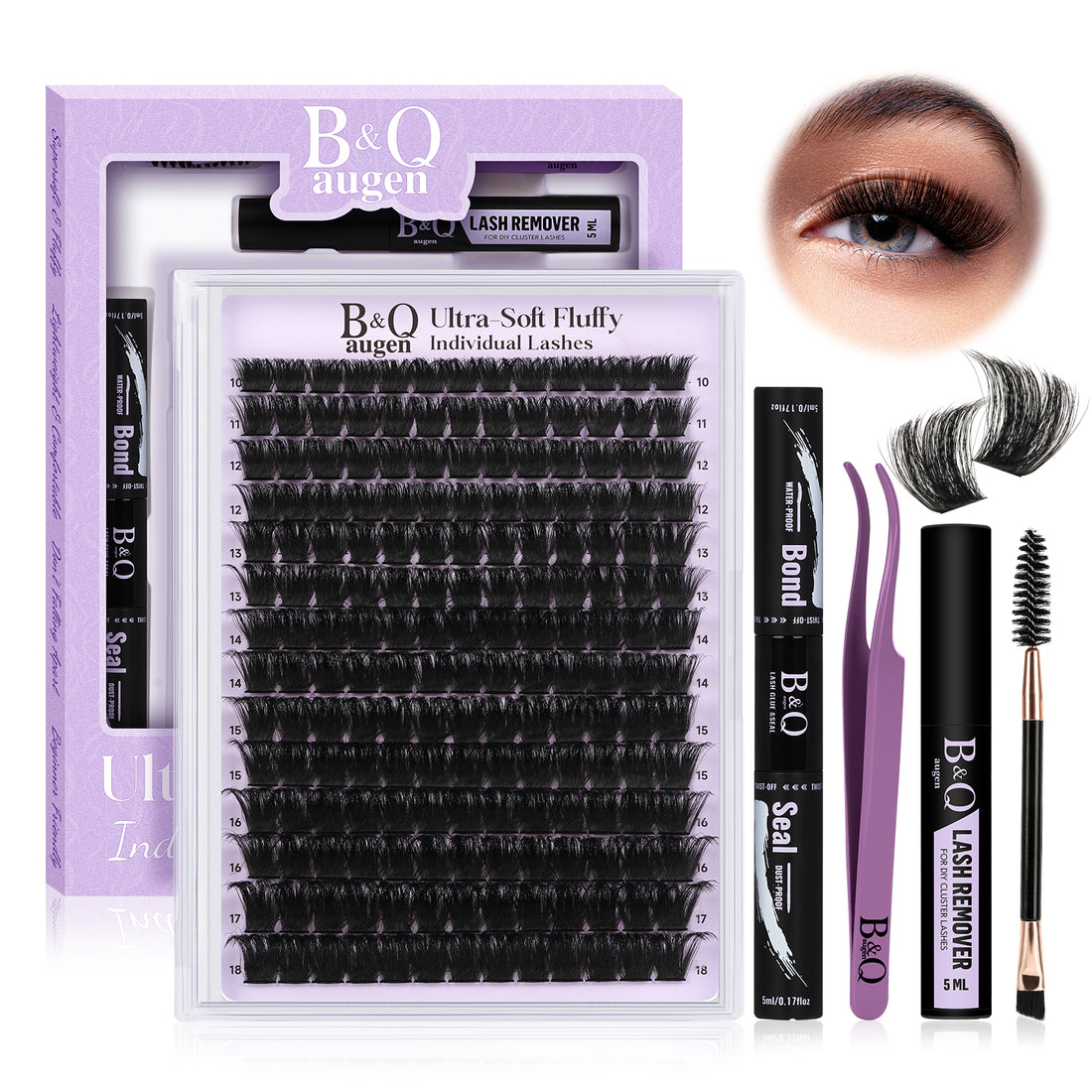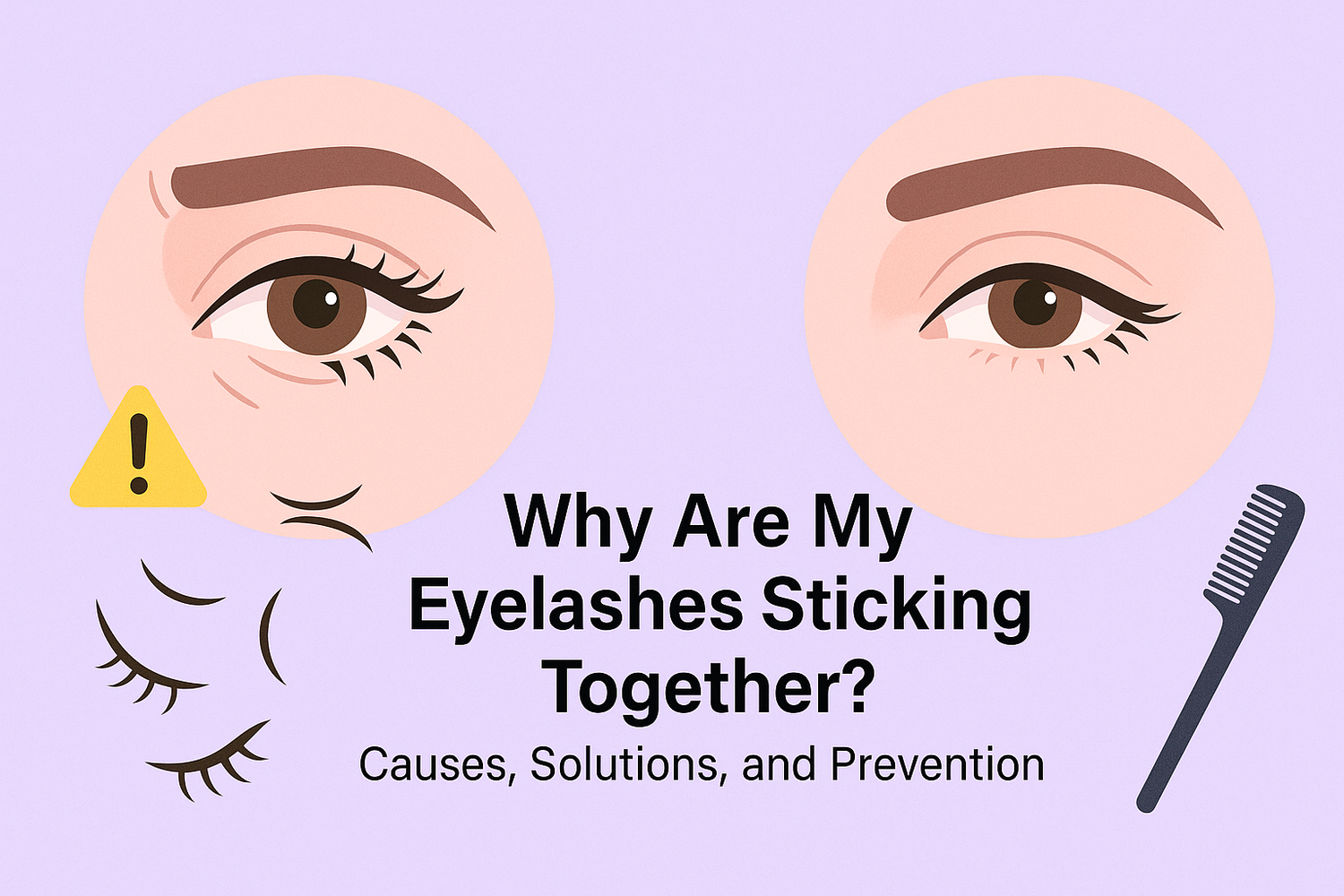Eyelash extensions are one of the most popular beauty treatments today. They give people longer, fuller lashes without the need for mascara or strip lashes. But while they look beautiful, some clients experience uncomfortable side effects. One of the most common problems is an allergic reaction to eyelash extensions
If you work as a lash artist or enjoy wearing extensions, it is important to understand what these reactions are, how to recognize them, and what can be done to prevent or treat them. This guide will explain the causes, symptoms, and safe solutions for allergic reactions to eyelash extensions.
What Is an Allergic Reaction to Eyelash Extensions?
An allergic reaction happens when the body’s immune system reacts strongly to a substance it sees as harmful. In the case of lash extensions, the trigger is usually the adhesive (lash glue) rather than the lash fibers themselves. Most adhesives contain cyanoacrylate, which is a fast-drying chemical that holds the lashes in place.
While cyanoacrylate is safe for most people, some individuals develop sensitivity or allergy to it. The immune system treats the ingredient as a threat, causing symptoms such as redness, swelling, or itching around the eyes.
Common Symptoms
Recognizing the symptoms early is important to avoid further irritation. Signs of an allergic reaction to eyelash extensions include:
-
Red, watery eyes
-
Swelling of the eyelids
-
Itchy or burning sensation along the lash line
-
Mild to severe discomfort, especially within 24–48 hours after application
-
Sensitivity to light
It is important to note that these symptoms are different from mild irritation. Temporary irritation may happen because of fumes during application, but it usually goes away within a few hours. An allergy, on the other hand, tends to worsen over time and will not disappear until the extensions are removed.
Causes of Allergic Reactions
The main causes are related to the lash adhesive and how it interacts with the skin and eyes.
1. Cyanoacrylate sensitivity
This ingredient is the strongest bonding agent in lash glues. People sensitive to cyanoacrylate may develop allergic symptoms even with small exposure.
2. Formaldehyde byproducts
Some lash adhesives release tiny amounts of formaldehyde during the curing process. For sensitive clients, this can lead to redness and itching.
3. Low-quality products
Cheap adhesives or uncertified products may contain additional chemicals, increasing the risk of allergies.
4. Environmental factors
Humidity and poor ventilation in the lash studio can make adhesive fumes stronger, leading to more irritation.
5. Pre-existing sensitivity
Clients with sensitive skin, seasonal allergies, or eye conditions may be more likely to react to lash adhesive.
How to Tell If It’s an Allergy or Infection
Some people confuse allergic reactions with eye infections such as conjunctivitis. Knowing the difference is key:
-
Allergic reaction: symptoms appear shortly after lash application, usually on both eyes, and improve once the extensions are removed.
-
Infection: symptoms may include pus, severe pain, or fever, and usually affect one eye more than the other.
If there is any doubt, the safest choice is to see a doctor or eye specialist.
What To Do If You Have a Reaction
If you or a client experiences an allergic reaction, here are the recommended steps:
1. Remove the extensions
The first step is to remove the lash extensions professionally. Do not attempt to pull them off, as this can damage natural lashes and worsen irritation.
2. Avoid touching or rubbing the eyes
This can increase swelling and risk of infection.
3. Apply a cold compress
A clean, cold compress can help reduce swelling and soothe discomfort.
4. Use over-the-counter allergy eye drops
Antihistamine drops may ease itching and redness, but it is best to confirm with a pharmacist or doctor.
5. Seek medical advice
If the reaction is severe or does not improve within 24 hours, see an eye doctor for treatment. In some cases, prescription medication may be necessary.
Prevention Tips for Lash Artists and Clients
The good news is that allergic reactions can often be prevented with the right techniques and products.
For Lash Artists:
-
Use high-quality, medical-grade adhesives with low fumes.
-
Maintain proper ventilation in the lash room.
-
Offer a patch test before a full set, especially for new clients.
-
Avoid applying adhesive directly to the skin. The glue should bond to the natural lash, not the eyelid.
-
Stay updated on product safety and new formulations designed for sensitive clients.
For Clients:
-
Ask for a patch test if you have sensitive skin or seasonal allergies.
-
Choose a reputable salon that uses professional-grade products.
-
Do not rub or pull at your extensions.
-
Keep your lash area clean but avoid oily products that break down adhesive.
-
If you notice discomfort, let your lash artist know right away.
Alternatives for Sensitive Clients
Not everyone can wear traditional lash extensions. For clients with a known allergy, there are safer alternatives:
-
Hypoallergenic adhesives: Some brands make low-fume, latex-free options that may reduce reactions.
-
Magnetic lashes: A glue-free option that uses magnetic eyeliner and lash strips.
-
Lash lifts and tints: Enhance natural lashes without extensions or adhesive.
DIY Lash Extensions as a Gentle Option
For people who want longer, fuller lashes but worry about allergies, DIY lash extensions can be a safer choice. Unlike salon lash extensions that use strong adhesives with cyanoacrylate, many DIY lash systems use gentler formulas or pre-bonded clusters. These products are designed for at-home application, often lasting a few days while still giving a natural lash extension effect. Because the bond is lighter and not applied directly on the skin, the risk of severe allergic reaction is usually lower compared to professional glues.
DIY lash extensions are also affordable, reusable, and easy to apply with a bit of practice. They are perfect for anyone who has experienced irritation from salon adhesives but still wants to enjoy the look of extended, voluminous lashes.
When to Avoid Lash Extensions
Lash extensions should be avoided if you:
-
Have had a serious allergic reaction in the past
-
Have ongoing eye infections or skin conditions around the eyes
-
Are pregnant and want to minimize exposure to adhesive fumes
-
Have extremely sensitive eyes that react even with patch tests
In these cases, it may be safer to explore non-adhesive lash enhancement methods.
Final Thoughts
Eyelash extensions can give beautiful results, but they are not risk-free. An allergic reaction to eyelash extensions is usually caused by the adhesive, especially cyanoacrylate. While mild irritation is common, true allergies can be uncomfortable and require removal of the lashes.
The best way to stay safe is prevention: choosing high-quality products, working with experienced lash artists, and listening to your body’s signals. If you notice redness, swelling, or persistent discomfort, take action quickly and consult a professional. For clients with ongoing sensitivity, alternatives like magnetic lashes, lash lifts, or DIY lash extensions can still provide stunning results without the risk of allergic reactions.
👉 If you want to try a safe and flexible option at home, our DIY lash extensions are designed with gentler formulas, easy application, and reusable clusters. They give you the look of salon lashes without the heavy adhesive — perfect for anyone with sensitive eyes.
🔗LINK: https://bqlashes.com/
References
-
American Academy of Ophthalmology. Are Eyelash Extensions Safe? https://www.aao.org
-
DermNet NZ. Contact Allergic Dermatitis to Eyelash Glue. https://dermnetnz.org
-
Cleveland Clinic. Eyelash Extensions: What Are They and What Are the Risks? https://my.clevelandclinic.org
-
National Center for Biotechnology Information (NCBI). Occupational Allergic Contact Dermatitis from Cyanoacrylates. https://www.ncbi.nlm.nih.gov
-
American Contact Dermatitis Society. Cyanoacrylate Allergy in Cosmetics.


